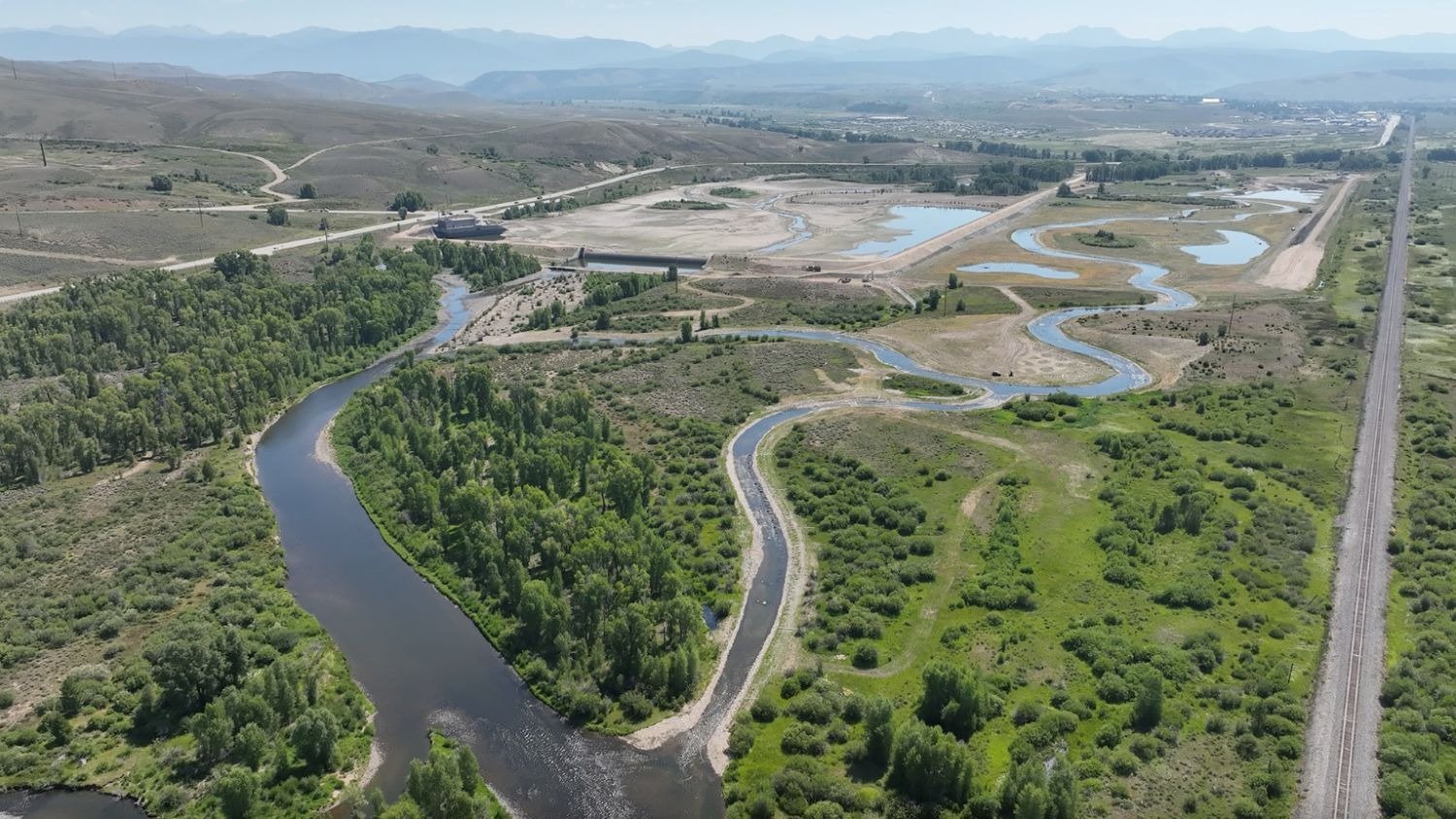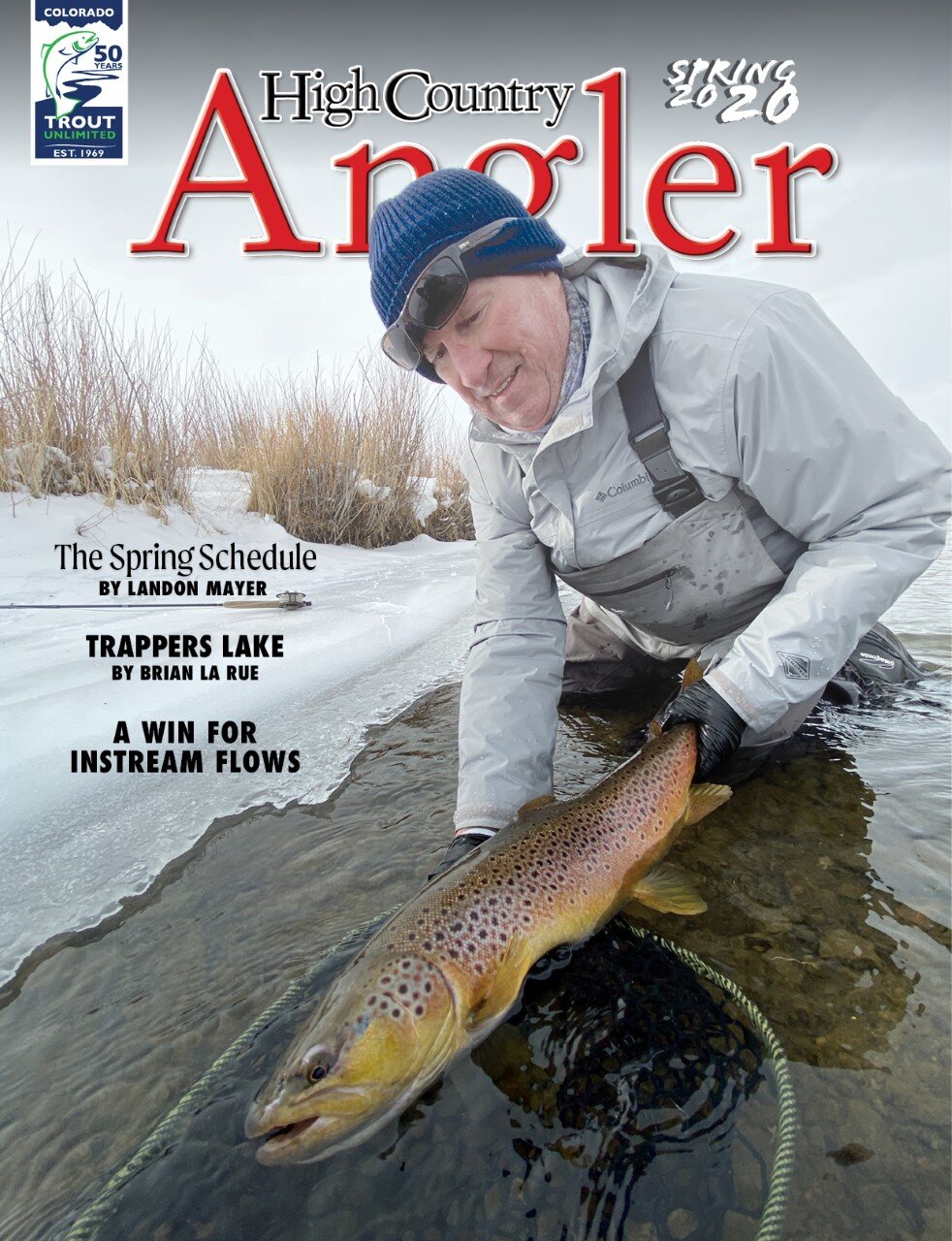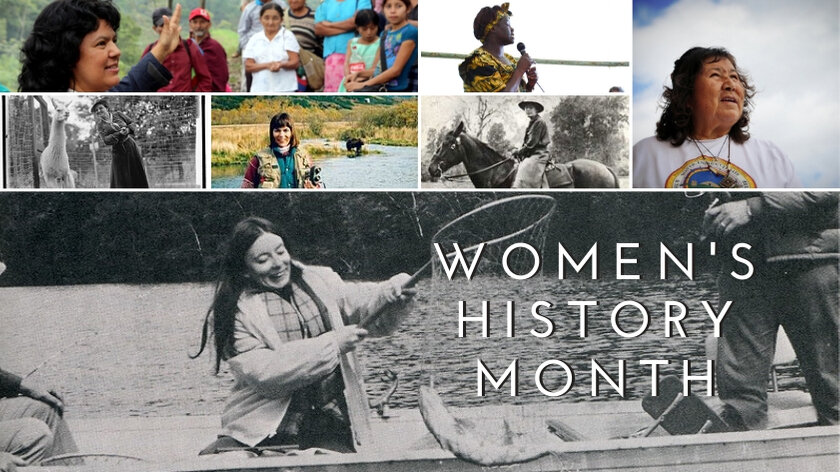Bill introduced to fully fund Land and Water Conservation Fund and help address maintenance backlog
Press Release from Trout Unlimited:
For immediate release
3-5-2020
Contact:
Shauna Stephenson, Trout Unlimited
sstephenson@tu.org, (307) 757-7861
(March 5, 2020) WASHINGTON, D.C. – On Wednesday, a bipartisan group of Senators announced legislation to fully and permanently fund the Land and Water Conservation Fund and help tackle the multi-billion-dollar public lands maintenance backlog.
The group unveiled the legislation in a press conference that included Senators Cory Gardner (R-CO), Steve Daines (R-MT), Mark Warner (D-VA), Joe Manchin (D-WV), Martin Heinrich (D-NM), Lamar Alexander (R-TN), Michael Bennet (D-CO), Jon Tester (D-MT), Angus King (I-ME), Maria Cantwell (D-WA), Rob Portman (R-OH) and Tom Udall (D-NM).
The effort led by Senators Gardner and Daines packages two bills, the Land and Water Conservation Fund Permanent Funding Act and the Restore our Parks Act, that have already cleared the Senate Energy and Natural Resources Committee with bipartisan support. Yesterday, President Trump tweeted his support for passing the legislation, calling on Congress to send him a bill that “fully and permanently funds the LWCF and restores our National Parks.”
“We thank Senators Gardner and Daines, President Trump, and this bipartisan group a lawmakers for making this legislation a priority,” said Steve Moyer, vice president of government affairs for Trout Unlimited. “Members of Congress on both sides of the aisle have long sought to fulfill the LWCF promise for the American people and provide much needed funding to take care of our public lands.”
Since 1965, LWCF has been the primary funding source to acquire and conserve new public lands that are essential for sustaining our outdoor traditions and protecting fish and wildlife habitat. The public lands maintenance backlog has been mounting for decades and is now estimated at $20 billion, with the Parks Service share alone nearly $12 billion. The Restore Our Parks Act includes $6.5 billion for the Park Service while addressing the backlog for all public land agencies remains a priority for hunters and anglers.
“Public lands are incredibly valuable to Trout Unlimited and our members. Not only do they offer world-class angling opportunities, but 70 percent of the remaining habitat for native trout in the West is found on public lands,” continued Moyer. “Further, some of the best trout habitat, and most heavily used public lands are in the eastern U.S., such as the Monongahela national forest in West Virginia, Smoky Mountain National Park in Tennessee, and Shenandoah National park in Virginia. We look forward to working with the bill sponsors, committee leaders including Chair Murkowski and Ranking Member Manchin, the President, and members of Congress in both chambers to pass this historic legislation. This is a once in a lifetime opportunity and we’re all in to get it over the finish line.”
###
Trout Unlimited is the nation’s oldest and largest coldwater fisheries conservation organization dedicated to conserving, protecting and restoring North America’s trout and salmon and their watersheds. Follow TU on Facebook and Twitter, Instagram and our blog for all the latest information on trout and salmon conservation.
























